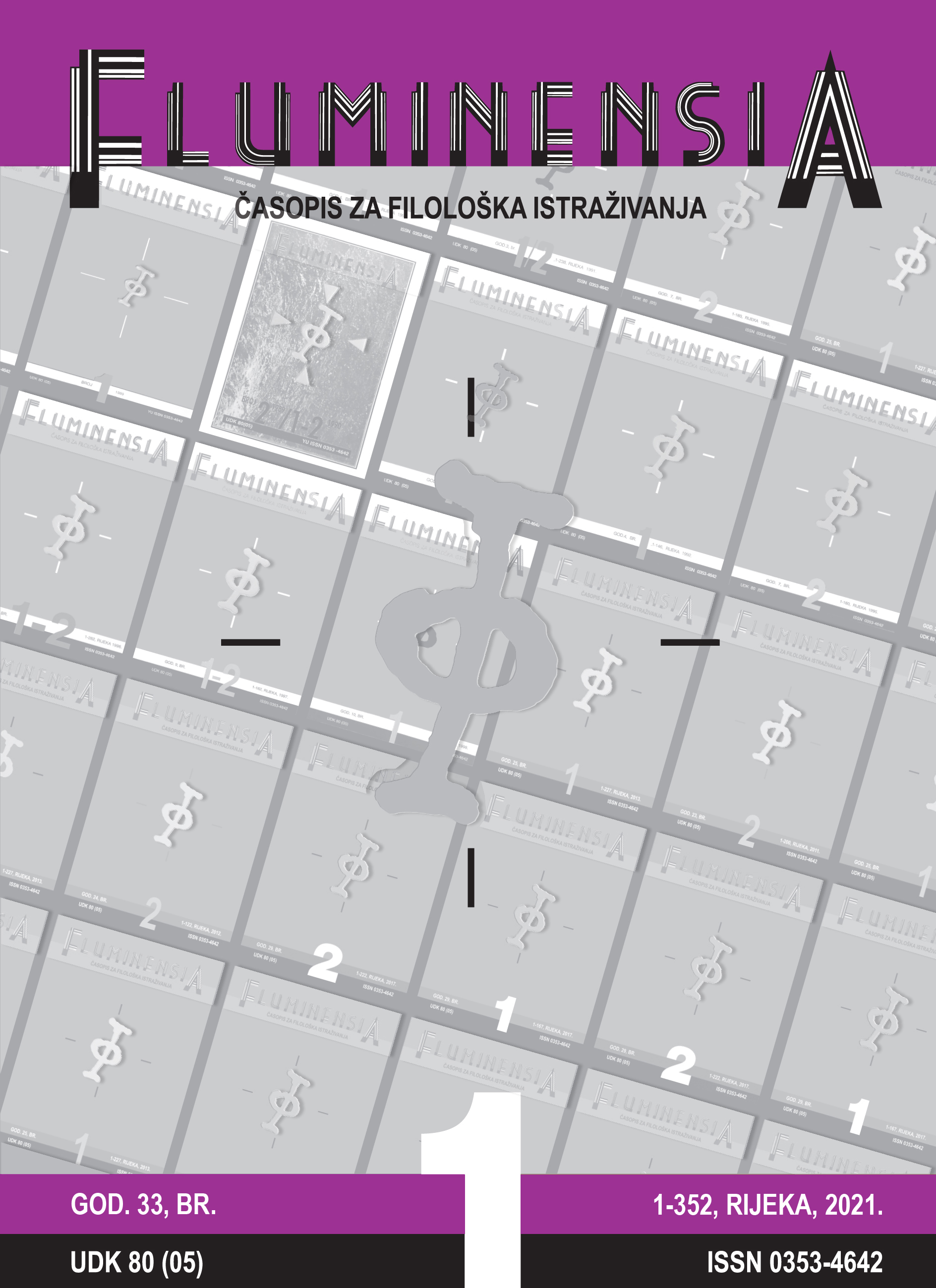CONNECTIVES AND OTHER DISCOURSE MARKERS IN WRITTEN LANGUAGE AND SPONTANEOUS SPEECH
Keywords:
connectives, discourse markers, written language, spoken language, corpus analysisAbstract
Speaking and writing are two language production modalities that have different characteristics, expressive possibilities, and language principles. They differ in language devices that establish the relations on the level higher than the level of sentence, e.g., connectives and other discourse markers. Previous studies showed that the usage of connectives and other discourse markers differs regarding the language modality. Many forms are used in both spoken and written modality, though with different functions, while others are limited to only one language modality. Given the lack of similar research in Croatian, the aim of this study was to examine the differences in the usage of connectives and other discourse markers with respect to the language modality. Following previous research, differences in the frequency of connectives and other discourse markers in written and spoken modality were expected. It was also expected that some connectives and discourse markers would be limited to only one language modality. Corpus based research was conducted using a written (Croatian National Corpus) and a spoken corpus (Croatian Adult Spoken Language Corpus). The obtained results are largely in line with previous studies. A higher frequency of discourse markers was found in the spoken corpus, and some connectives and discourse markers were limited to only one or the other of the corpora. Contradictory to the initial assumption that connectives would be more frequent in the written corpus, the frequency of connectives was higher in the spoken corpus. The results of this research
should be interpreted in the light of genre characteristics, the degree of formality and interaction.
Downloads
Published
Versions
- 2023-01-26 (2)
- 2022-03-04 (1)

